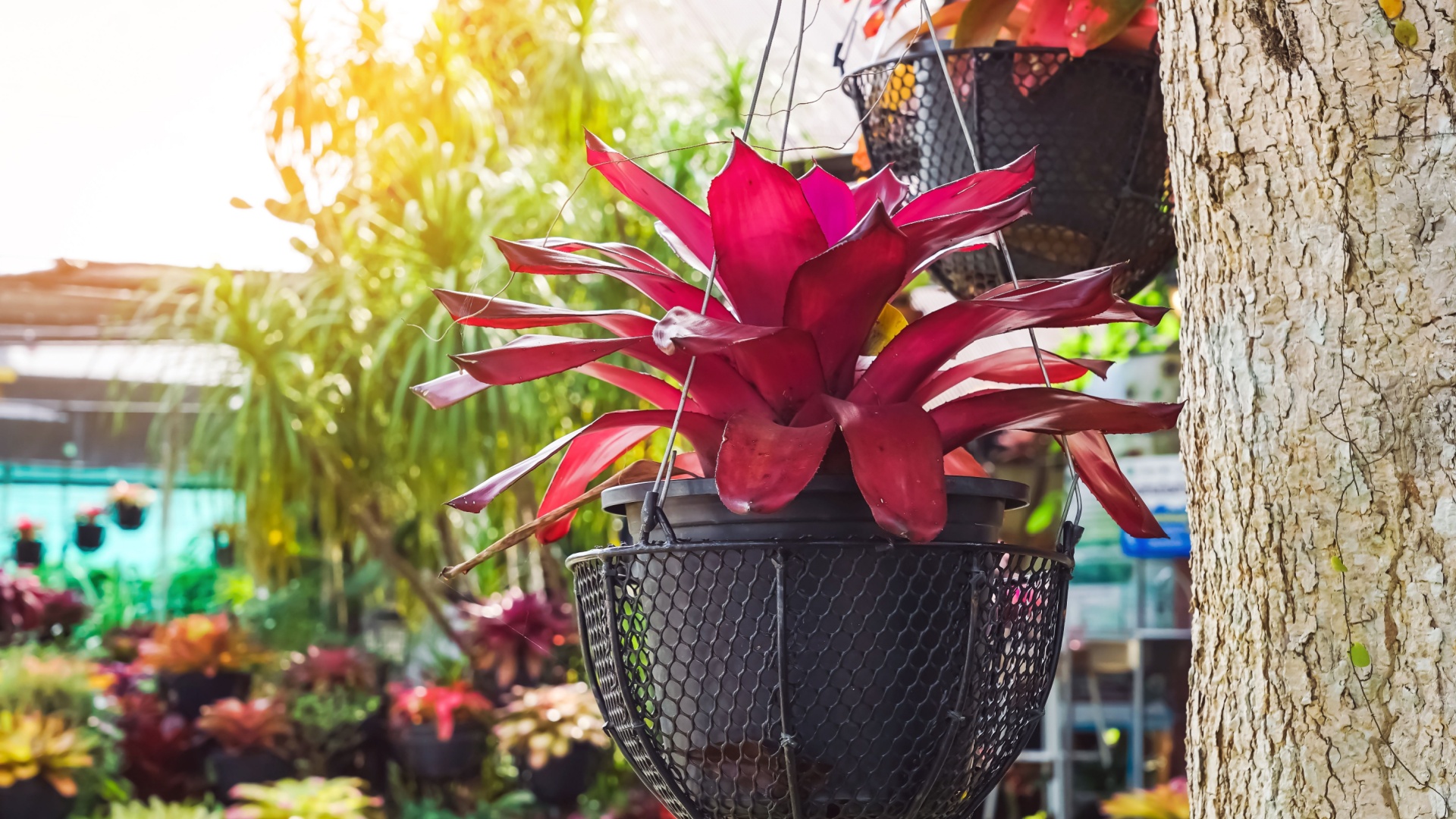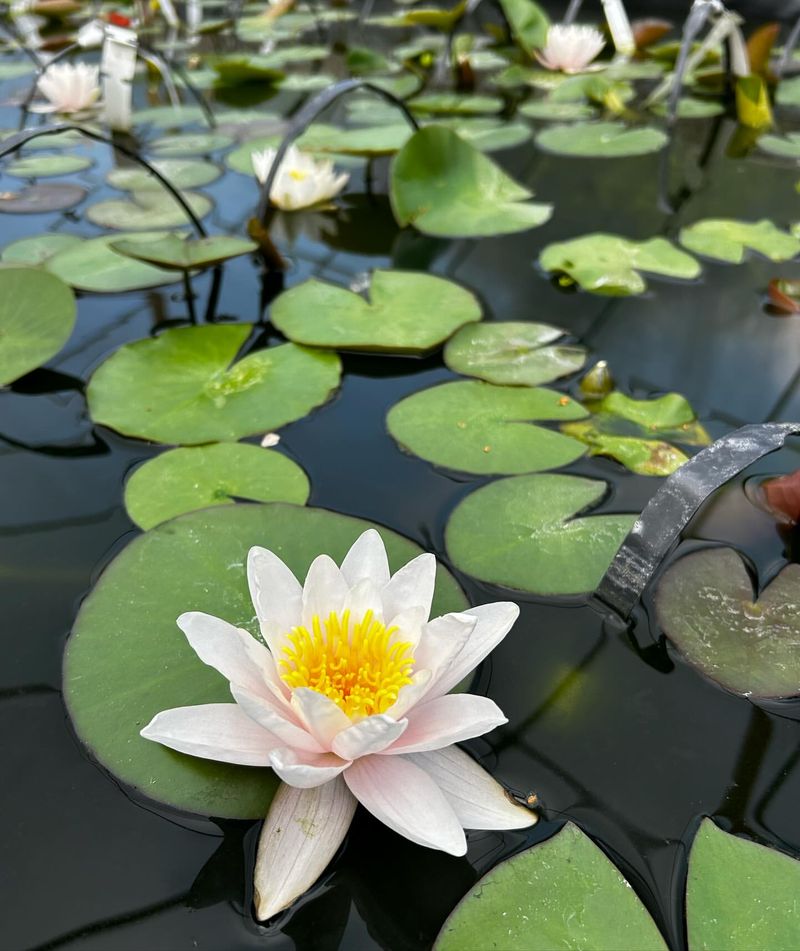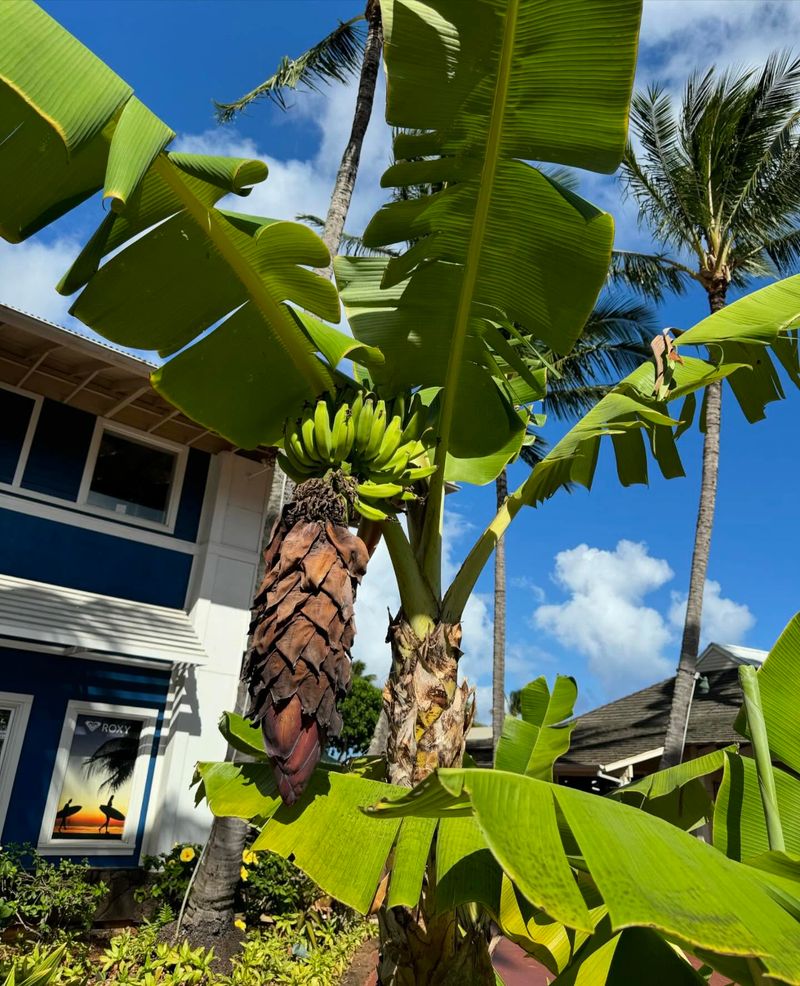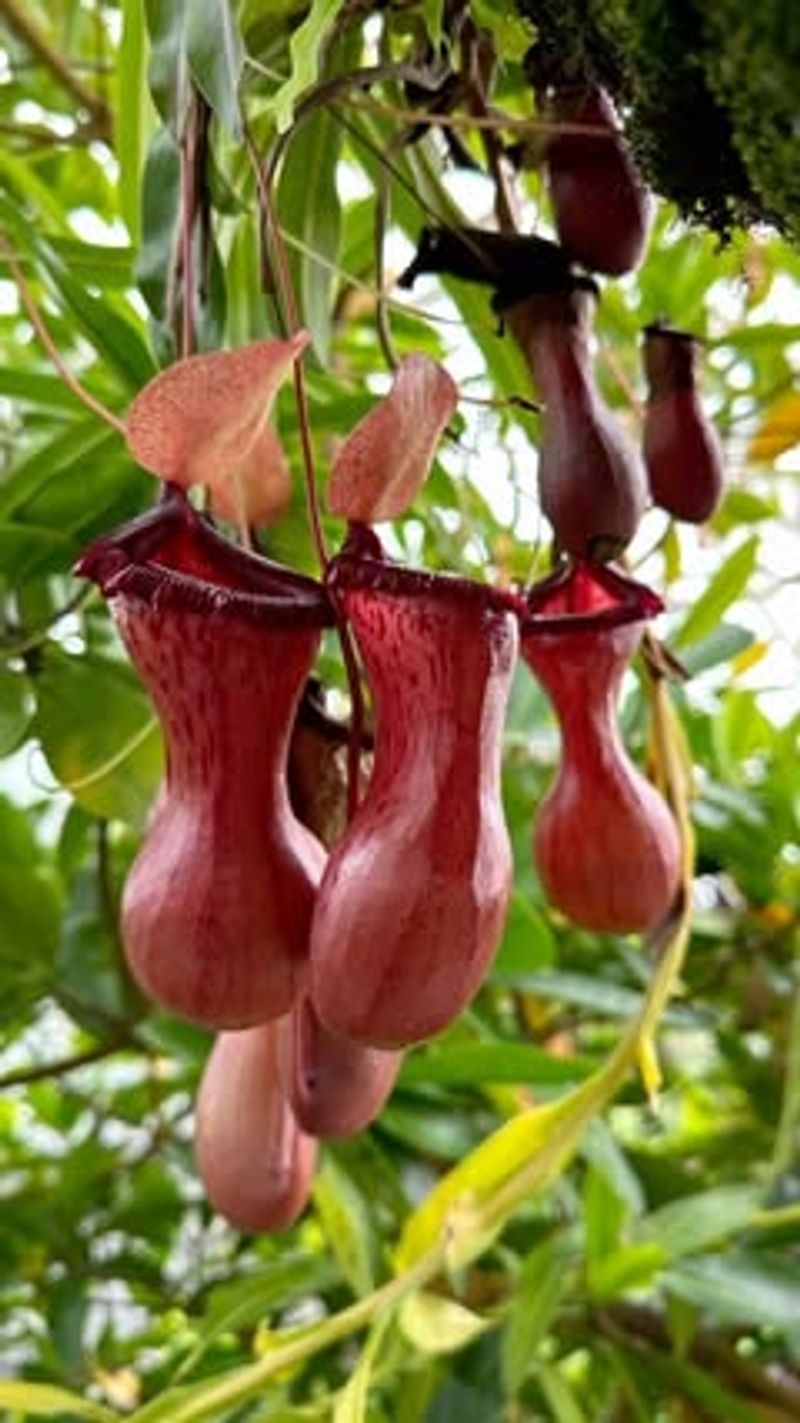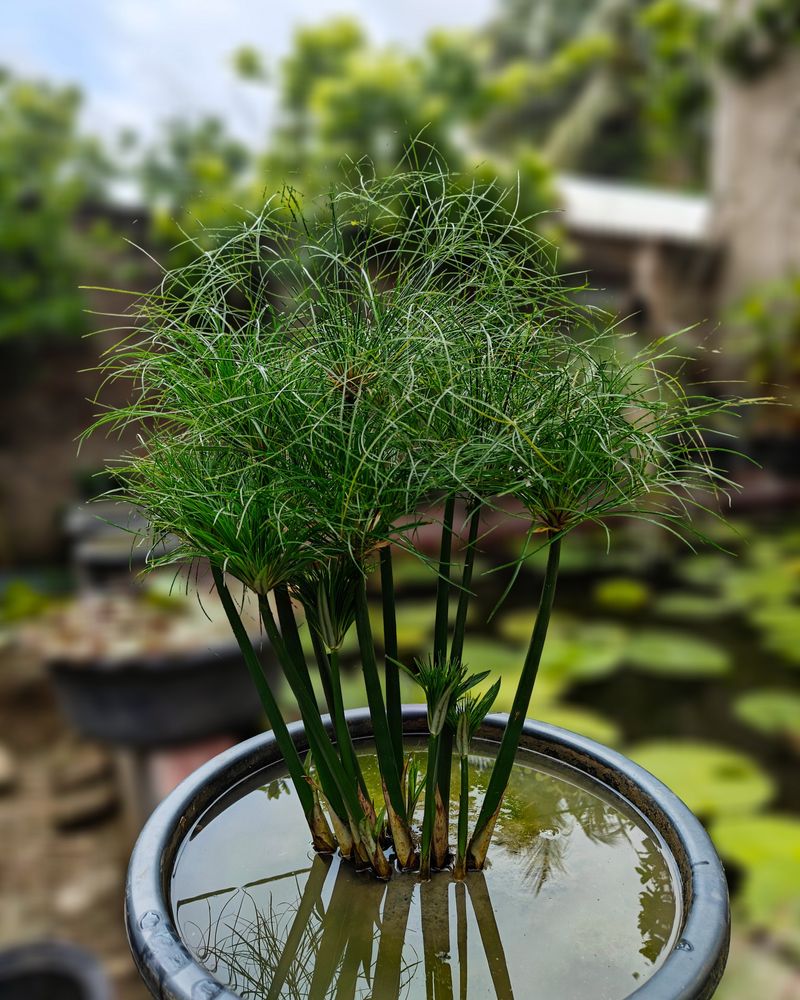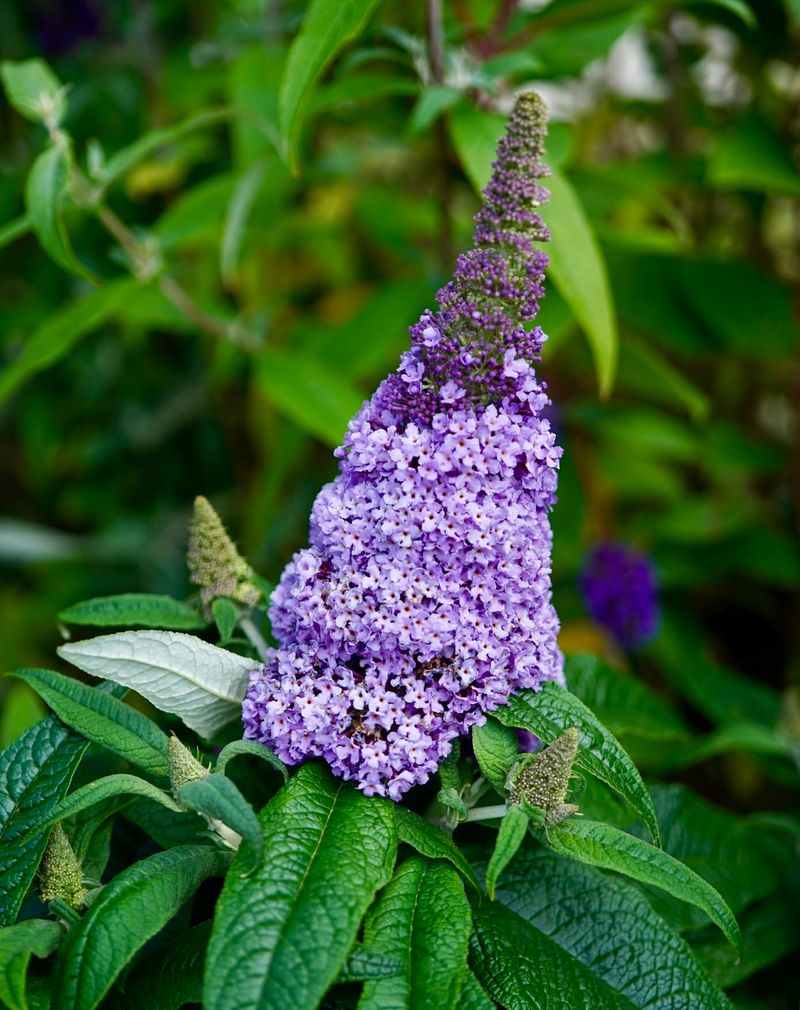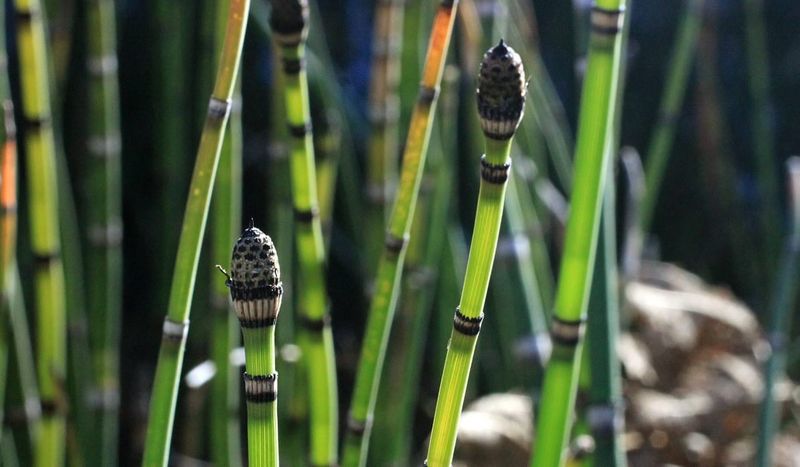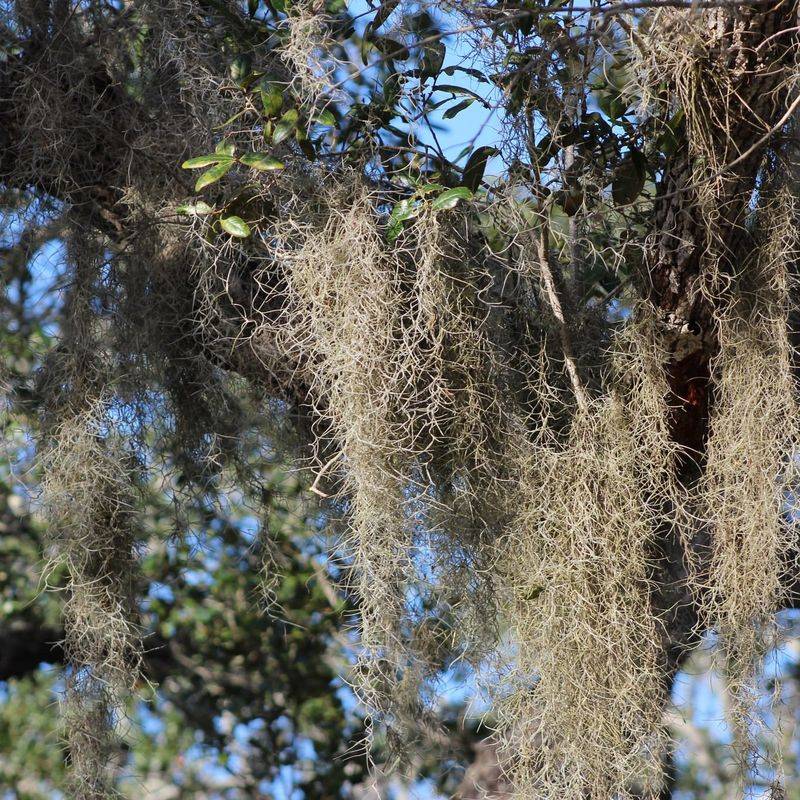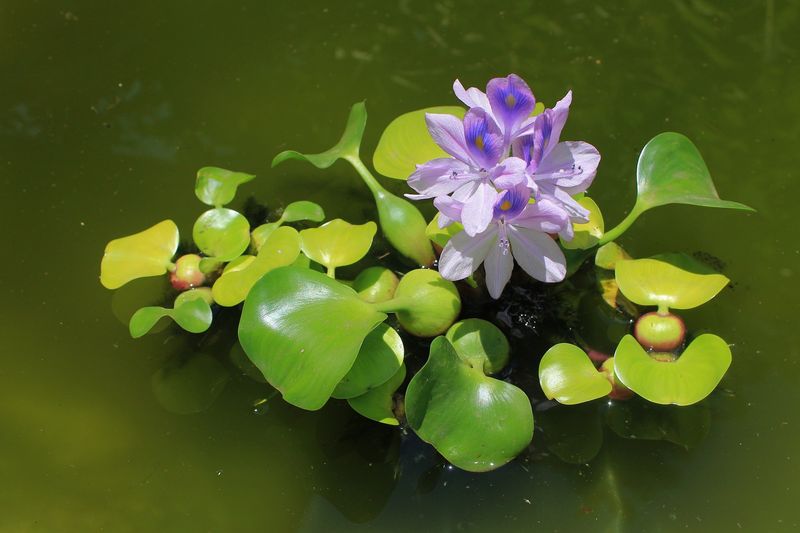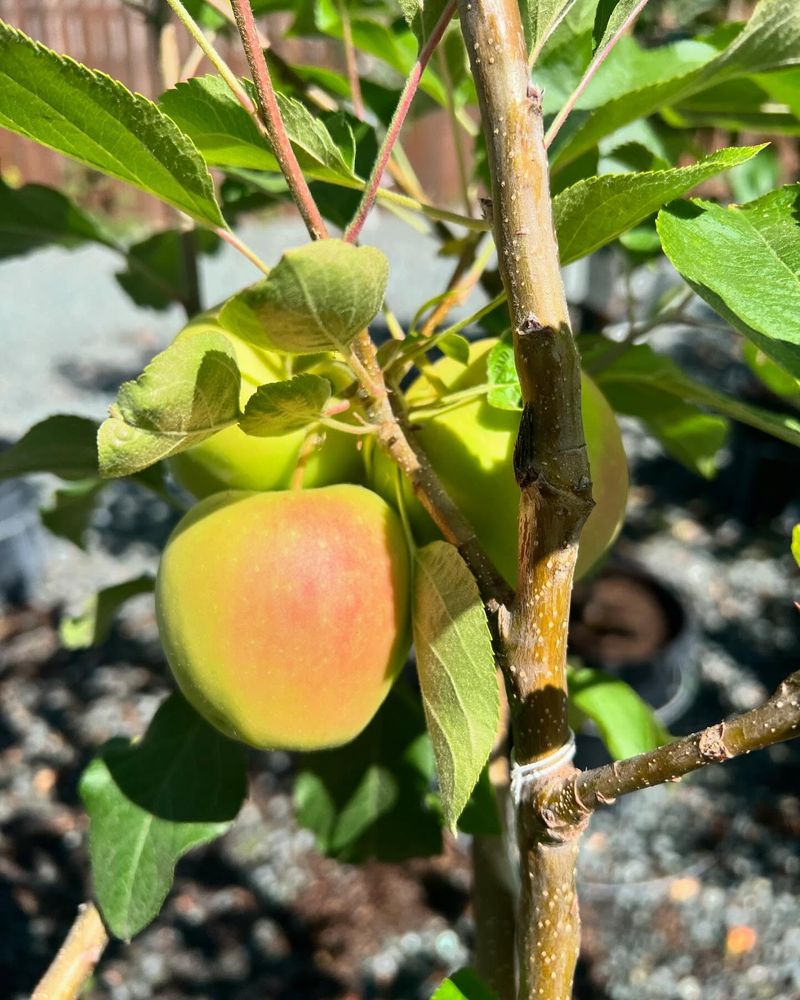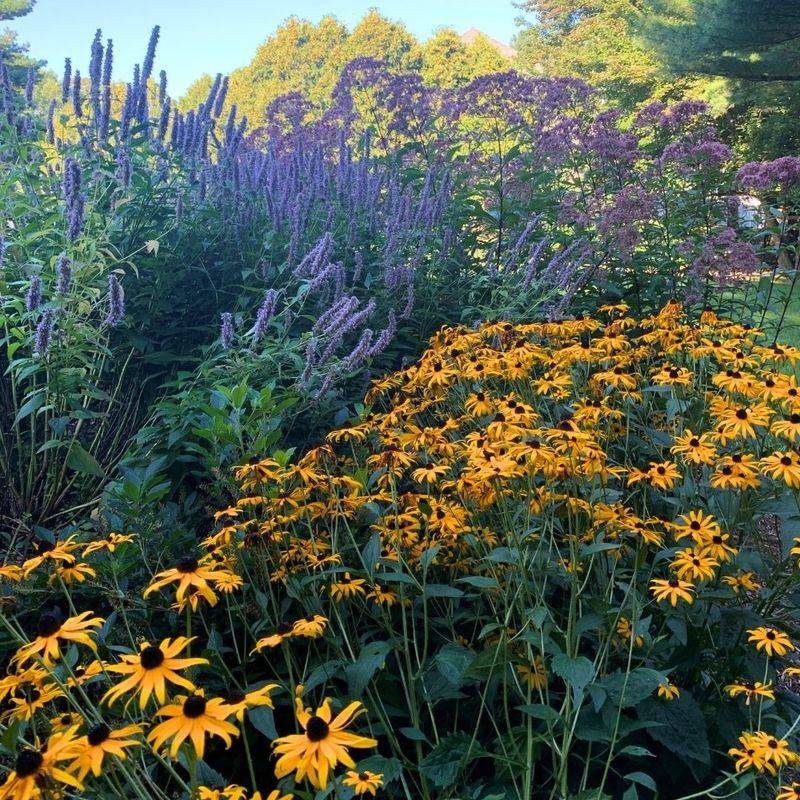Some plants add beauty to your garden—but also attract unwanted guests. While you’re watering those lush leaves and fragrant flowers, mosquitoes may be moving in.
Certain plant types create the perfect environment for these pests to thrive. Knowing what to avoid—or move—can help you enjoy your garden without becoming the main course.
1. Water Lilies
Beautiful but problematic, water lilies create ideal mosquito breeding grounds in garden ponds. Their broad, floating leaves provide perfect landing pads for female mosquitoes looking to lay eggs. The still water beneath these elegant blooms becomes a nursery for mosquito larvae.
While they add stunning visual appeal to water features, consider limiting their numbers or adding mosquito-eating fish to ponds where water lilies grow.
2. Banana Trees
Tropical and eye-catching, banana trees secretly harbor mosquito populations in your garden. The water that collects in the leaf axils (where leaves meet the stem) creates perfect mini-pools for mosquito eggs.
Additionally, the broad leaves provide excellent shelter during daytime hours when mosquitoes avoid direct sunlight. Garden enthusiasts in humid regions should be particularly cautious about placing these plants near patios or seating areas.
3. Bamboo
Fast-growing bamboo creates natural mosquito condos in your landscape. Cut bamboo stems collect rainwater, forming perfect breeding chambers for mosquito larvae to develop undisturbed. Even living bamboo can trap water in the joints between segments.
The dense foliage also provides excellent daytime resting spots for adult mosquitoes seeking shade and humidity. For mosquito control, regularly check bamboo stands for water accumulation or consider non-hollow ornamental grass alternatives.
4. Bromeliads
Striking and architectural, bromeliads feature a natural cup formation at their center that holds water for weeks. This built-in reservoir becomes a five-star hotel for mosquito reproduction. Their stiff, overlapping leaves create additional water pockets throughout the plant.
While prized for their exotic appearance and low maintenance needs, bromeliads require regular attention – flushing out water reservoirs weekly can prevent them from becoming mosquito nurseries.
5. Bird of Paradise
Majestic Bird of Paradise plants create hidden mosquito havens you might never suspect. Their large leaf bases form tight pockets where rainwater collects and remains stagnant for days. The exotic flowers also capture moisture between their colorful bracts.
Since these plants are often positioned as dramatic focal points near patios or entries, they can bring mosquito problems uncomfortably close to living spaces. Regular inspection of water-trapping areas is essential.
6. Taro Plants
Elephant ears and other taro varieties create mosquito-friendly environments with their enormous leaves. After rainfall, these impressive leaves hold water droplets in their slightly cupped shape for days. The dense shade beneath their canopy provides perfect daytime resting spots for adult mosquitoes.
While dramatic and tropical-looking, taro plants are best kept away from outdoor living areas if mosquitoes are a concern in your region.
7. Pitcher Plants
Ironically, these carnivorous plants might contribute to your mosquito problem. While pitcher plants do trap and digest some insects, certain mosquito species have evolved to safely breed in their water-filled chambers.
The Wyeomyia smithii mosquito specifically lays eggs in pitcher plants, and its larvae are immune to the plant’s digestive enzymes. So while these fascinating plants catch some pests, they might actually be supporting a specialized mosquito population in your garden.
8. Papyrus
Ornamental papyrus creates mosquito-friendly conditions both in and around water features. When planted in ponds or containers, their dense growth limits water circulation, creating stagnant zones perfect for mosquito breeding.
The tall stems provide ideal resting places for adult mosquitoes, protecting them from wind and predators. If you love the architectural look of papyrus, consider growing it in containers without standing water or ensure proper water circulation in ponds.
9. Cattails
Familiar wetland residents, cattails create mosquito breeding grounds along pond edges. Their dense growth restricts water movement, creating sheltered pockets of stagnant water ideal for mosquito reproduction. The fuzzy brown seed heads later provide excellent nesting material for certain mosquito species.
While beneficial for wildlife and natural water filtration, consider limiting cattails to areas away from outdoor living spaces or maintaining controlled patches with good water circulation.
10. Flowering Nectar Plants
Surprising but true – certain flowering plants indirectly contribute to mosquito problems. Male mosquitoes feed exclusively on flower nectar, not blood, and these plants sustain them until mating. Tubular flowers like petunias, honeysuckle, and trumpet vine are particularly attractive to male mosquitoes seeking energy.
While female mosquitoes are the biters, removing nectar sources can reduce overall mosquito populations by affecting their reproductive cycle.
11. Horsetail Reed
Ancient-looking horsetail reed creates prime mosquito real estate along water margins. Their dense, vertical growth restricts water flow, creating stagnant zones where mosquito larvae thrive protected from predators. The hollow stems can also collect water when cut or damaged.
While attractive in modern landscape designs, consider containing horsetail in pots without standing water or limiting its growth to areas far from patios and outdoor gathering spaces.
12. Potted Plants with Saucers
Common container plants become mosquito magnets when paired with water-collecting saucers. Just one tablespoon of standing water can support dozens of mosquito larvae, and forgotten saucers provide perfect breeding pools.
Plants that require frequent watering compound the problem, as their saucers rarely dry completely. Empty saucers after watering, use alternatives like placing pots on gravel, or add mosquito dunks to saucers that must hold water.
13. Spanish Moss
Atmospheric Spanish moss creates hidden mosquito nurseries hanging from garden trees. This air plant captures and holds rainwater in its tangled strands for days after storms. The damp, protected environment within moss clumps provides ideal mosquito egg-laying sites.
While it adds Southern charm to landscape trees, consider limiting Spanish moss in areas prone to mosquito problems or regularly shake out clumps after rainfall.
14. Water Hyacinth
Floating water hyacinth creates a mosquito paradise in garden ponds. Their dense floating mats limit water circulation and provide perfect platforms for mosquito egg-laying. The feathery roots hanging below the surface protect developing larvae from fish and other predators.
While their purple flowers are beautiful, water hyacinth should be carefully controlled in garden water features or paired with aggressive mosquito management strategies.
15. Fruit Trees
Backyard fruit trees attract mosquitoes in unexpected ways. Overripe fruits that fall and split open ferment quickly, releasing carbon dioxide and sweet scents that draw mosquitoes from surprising distances. Female mosquitoes seeking energy before egg-laying feed on fruit juices.
Regular harvesting and prompt cleanup of fallen fruit can significantly reduce mosquito activity around apple, peach, and other fruit trees in your garden.
16. Rain Garden Plants
Well-intentioned rain gardens sometimes become mosquito breeding grounds when poorly designed. Plants like joe-pye weed, cardinal flower, and swamp milkweed thrive in consistently moist conditions that can support mosquito reproduction.
If water stands for more than 48 hours after rainfall, mosquitoes can complete their life cycle. Proper rain garden construction with adequate drainage, appropriate plant selection, and regular maintenance prevents these eco-friendly features from becoming mosquito nurseries.

